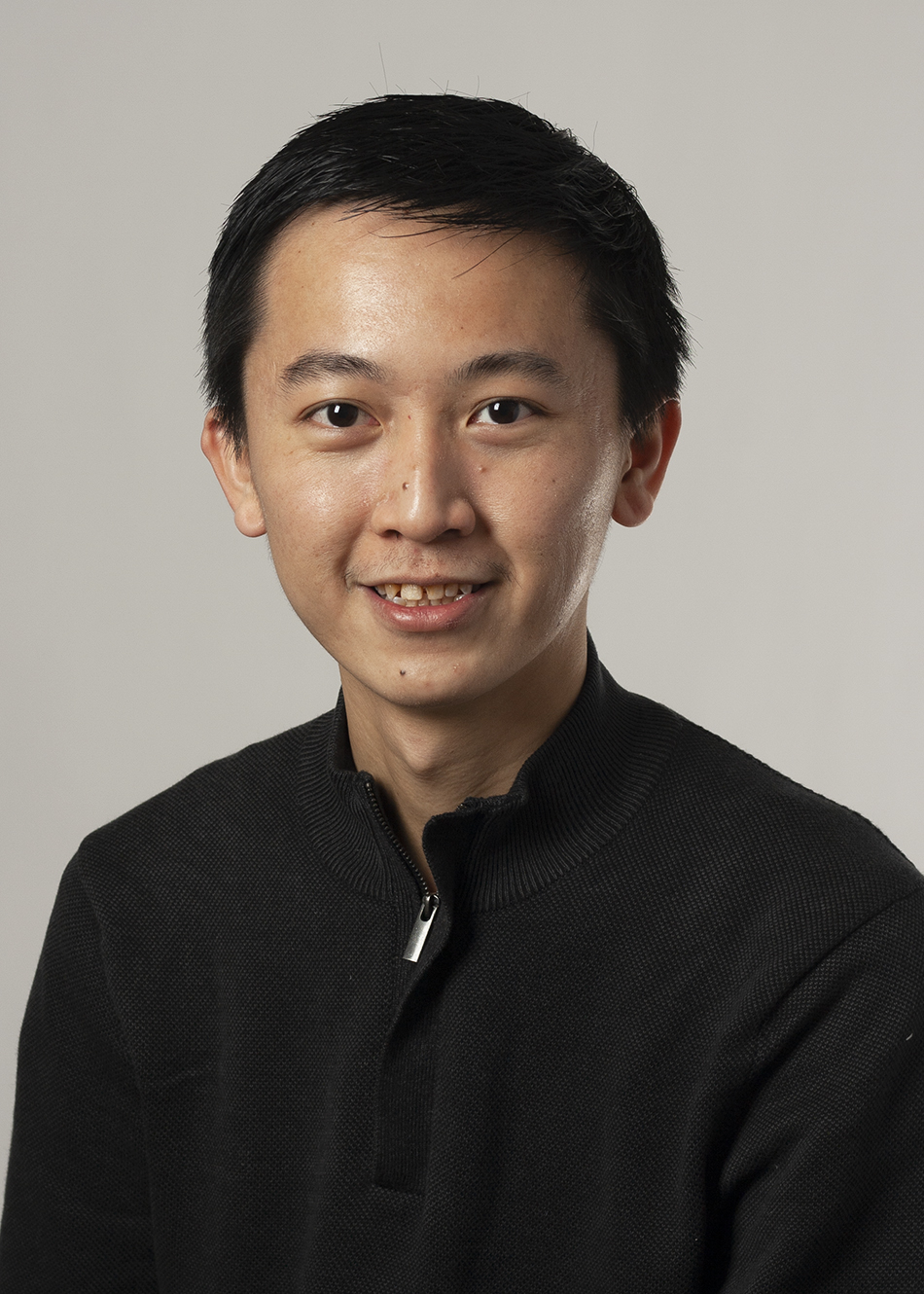Dept. of Molecular Biology and Genetics, Aarhus University, Denmark
« Structures and mechanism of the plant PIN-FORMED auxin transporter »
Nature 609, 605–610 (2022) https://doi.org/10.1038/s41586-022-04883-y
Kien Lam Ung*, Mikael Winkler*, Lukas Schulz, Martina Kolb, Dorina P. Janacek, Emil Dedic, David L. Stokes, Ulrich Z. Hammes & Bjørn Panyella Pedersen.
Cv
Kien Lam Ung, 30 years old, defended his PhD thesis in November-2020. After his master's internships in Lyon (MMSB - IBCP) and then in Marseille (LGBP - BIAM CEA), he completed his PhD studies under the direction of Dr. Mickael Blaise in Montpellier (IRIM- CNRS). His thesis, at the interface of microbiology and structural biology, focused on the functional and structural characterization of therapeutic targets in mycobacteria, such as the N-acetyltransferases which play a key role in aminoglycosides modification and drug resistance and the MmpL transporters involved in the transport of antibiotics and giant glycolipids. After his doctorate, KL Ung started a postdoc in the group of Associate Professor Bjørn Panyella Pedersen at Aarhus University, Denmark. The research project aims at understanding the molecular mechanism of sugar and hormone transporters in plants. In a recent study published in Nature, KL Ung and co-workers solved the first structures by cryo-EM of the auxin transporter member of the PIN-FORMED family in the absence and presence of auxin 3-indole acetic acid (IAA) and the well-known herbicide naptalam (NPA). This discovery brought important new knowledge enabling to understand the fundamental mechanism that controls plant growth and paves the way for developing new generations of eco-friendly and plant-specific herbicides.
Contact
Adresse: Dept. of Molecular Biology and Genetics, Aarhus University, Denmark
Mail: This email address is being protected from spambots. You need JavaScript enabled to view it. or This email address is being protected from spambots. You need JavaScript enabled to view it.
Twitter : @UngKienLam
Résumé de l'article
Auxin is an essential class of hormones that orchestrates a manifold of plant growth and development processes. Most auxin effects are defined by an auxin gradient across the plant tissues, created by polar auxin transport. The PIN-FOMED (PIN) protein family is in the heart of this process as it medites auxin export from the cytosol to the extracellular space. For decades, the lack of structural and biochemical data has impeded a detailed comprehension of the molecular mechanism behind PIN-mediated auxin transport. We present in this study three structures of the Arabidopsis thaliana PIN8 at 2.9-3.4 Å resolution supported by biophysical analysis; two outward-facing conformations with and without auxin bound, and one inward-facing conformation with the known inhibitor and herbicide naphthylphthalamic acid (NPA) bound are reported. Our results provide the first comprehensive molecular model for auxin recognition and transport by PINs, and explains a central mechanism of polar auxin transport, a core feature of plant physiology, growth and development.




